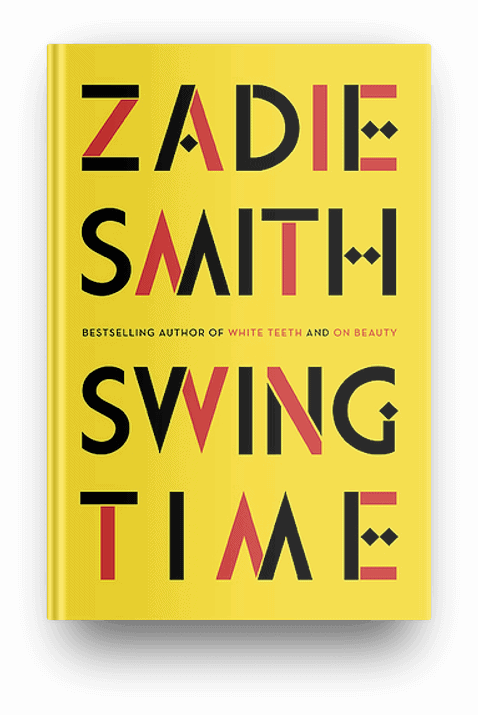Swing Time

Swing Time reminded me a bit of My Brilliant Friend, with two young girls growing up together in a poor neighborhood. Each dreams of greatness and is differently talented, but one forever seems to be straining to catch up. Their relationship falls square into "frenemy" territory, especially as they grow up and lives grow more complicated.
While this premise is intriguing, the book itself confused me. It strayed far from this original setup, so one of the girls, Tracey, didn't loom as large as it seemed she was supposed to. She felt like more of a shadow figure to me, occasionally popping up but never coming into focus. Lending to this inability to settle into the story was a device that I'm learning bothers me as a reader: the unnamed narrator.
While it seems the device was meant to demonstrate the narrator's inability to forge her own identity, first in Tracey's shadow, and then in Amy's--a famous singer who employs her in adulthood--the narrator didn't feel any more unfocused than most 20-somethings, and she felt worthy of a name.
I'd love to hear from someone who loved this book, because it felt scattered to me and I think I just didn't get it.
This post may include affiliate links. That means if you click and make a purchase, I may earn a small commission. Please see Disclosures for more information.
From the publisher’s description:
Two brown girls dream of being dancers–but only one, Tracey, has talent. The other has ideas: about rhythm and time, about black bodies and black music, about what constitutes a tribe, or makes a person truly free. It’s a close but complicated childhood friendship that ends abruptly in their early twenties, never to be revisited, but never quite forgotten, either.
Dazzlingly energetic and deeply human, Swing Time is a story about friendship and music and stubborn roots, about how we are shaped by these things and how we can survive them. Moving from northwest London to West Africa, it is an exuberant dance to the music of time.




